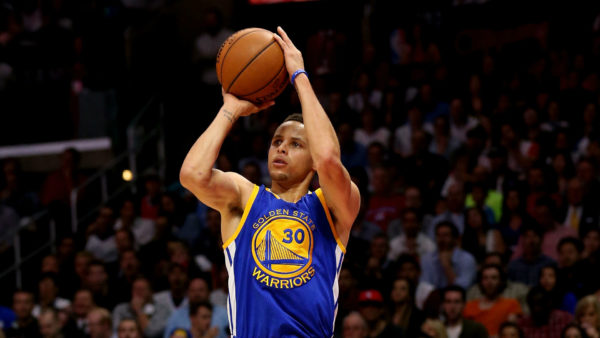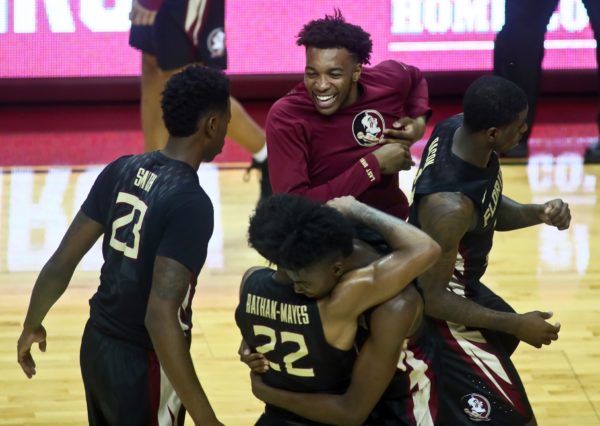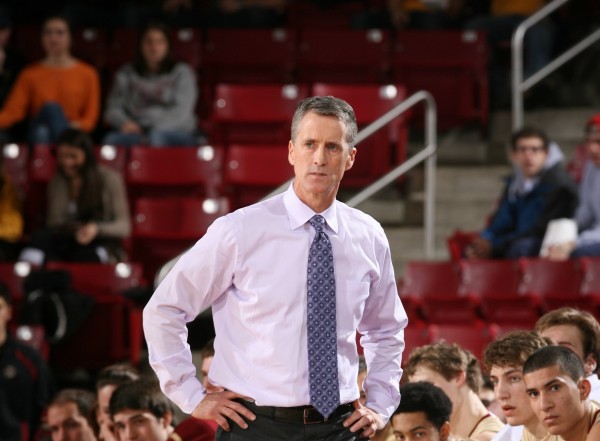ACC Weekend Review: 01.09.17 Edition
Posted by Brad Jenkins (@bradjenk) on January 9th, 2017After one of the craziest opening weekends in ACC history, things calmed down considerably in the second weekend of conference play. In fact, all seven ACC games were won by the favored squad, and only one of those contests was decided by fewer than 11 points. Even if the games weren’t all that scintillating this weekend, there were still a couple takeaways heading into this week. First, in an unanticipated surprise, the two remaining unbeaten schools in conference play are Florida State and Notre Dame — the Seminoles handled visiting Virginia Tech while the Irish rallied to defeat Clemson in South Bend. And then there’s the continued injury misfortunes for Duke — in the Blue Devils’ first game without head coach Mike Krzyzewski (back surgery), stalwart center Amile Jefferson suffered a first half foot injury and never returned. Early reports suggested that the team captain may miss substantial time, meaning even further interruption to a “dream season” that has been anything but smooth to this point. Here are the highlights from the weekend around the ACC.
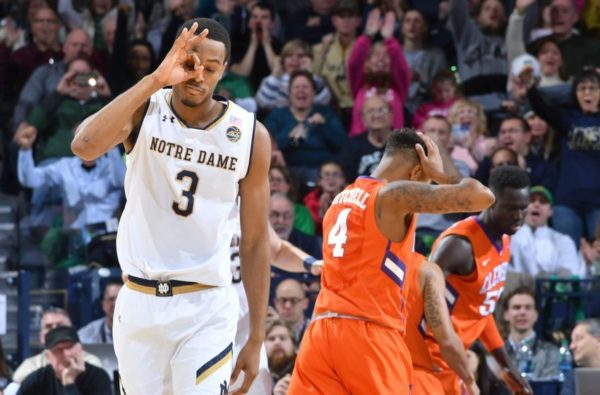
V.J. Beachem’s six three-pointers helped Notre Dame defeat Clemson and remain unbeaten in the ACC. (Photo: slapthesign.com)
- Best Win I: Notre Dame trailed Clemson by seven points at halftime, but the Irish prevailed by five to move to 3-0 in league play. Senior forward V.J. Beachem led the way, making six threes en route to 22 points. Bonzie Colson pitched in with 13 points and 12 boards — his third straight double-double performance to open league action. Notre Dame now faces a very daunting part of its schedule — a stretch of five games in just 13 days, with the first three on the road — beginning with a trip to Miami (FL) this Thursday.





























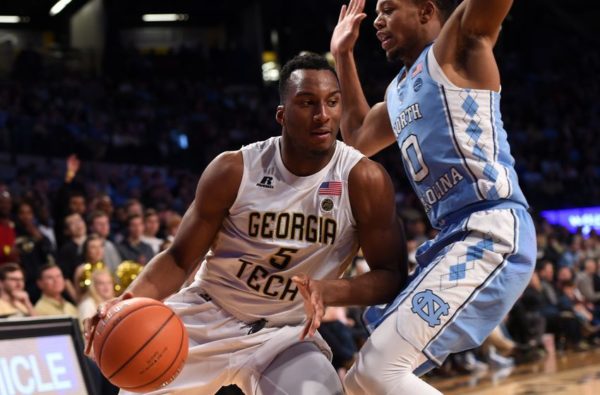
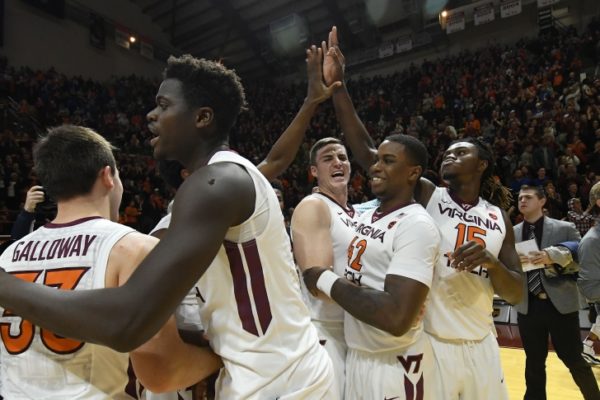

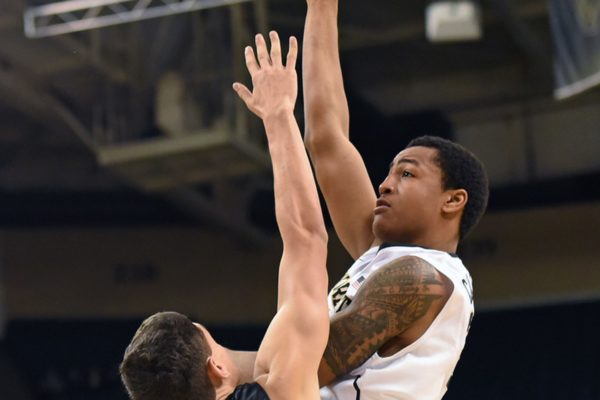
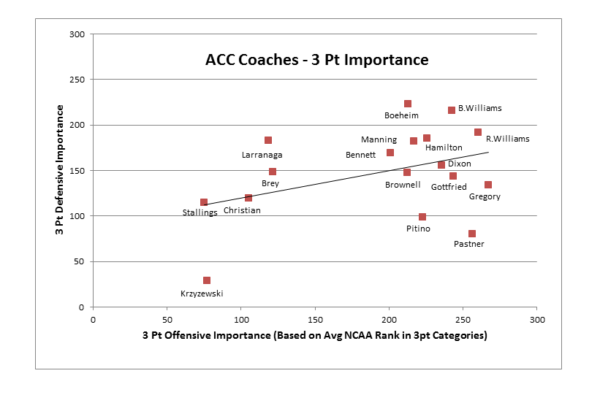 The graph above shows the relative importance of three-point shooting for ACC coaches over the past five seasons, both offensively and defensively. This rating is simply an average of how a coach’s team has ranked nationally in three areas concerning three-point shooting: three-point accuracy; three-point attempt percentage; and the percentage of points derived from three-point baskets. With only one exception — Wake Forest head coach Danny Manning has only four years under his belt — we used data from the last five seasons for each coach, including seasons at other schools (i.e., Josh Pastner at Memphis and Kevin Stallings at Vanderbilt).
The graph above shows the relative importance of three-point shooting for ACC coaches over the past five seasons, both offensively and defensively. This rating is simply an average of how a coach’s team has ranked nationally in three areas concerning three-point shooting: three-point accuracy; three-point attempt percentage; and the percentage of points derived from three-point baskets. With only one exception — Wake Forest head coach Danny Manning has only four years under his belt — we used data from the last five seasons for each coach, including seasons at other schools (i.e., Josh Pastner at Memphis and Kevin Stallings at Vanderbilt). 
